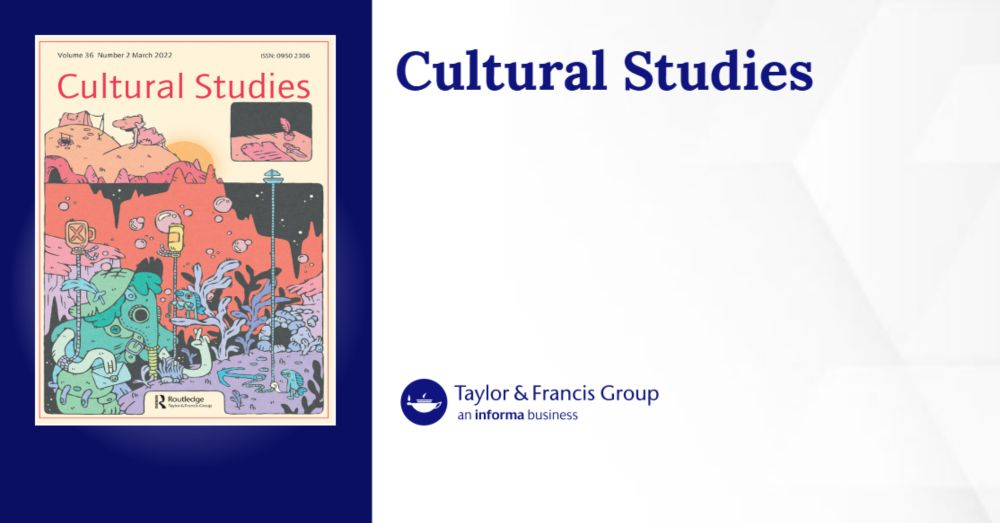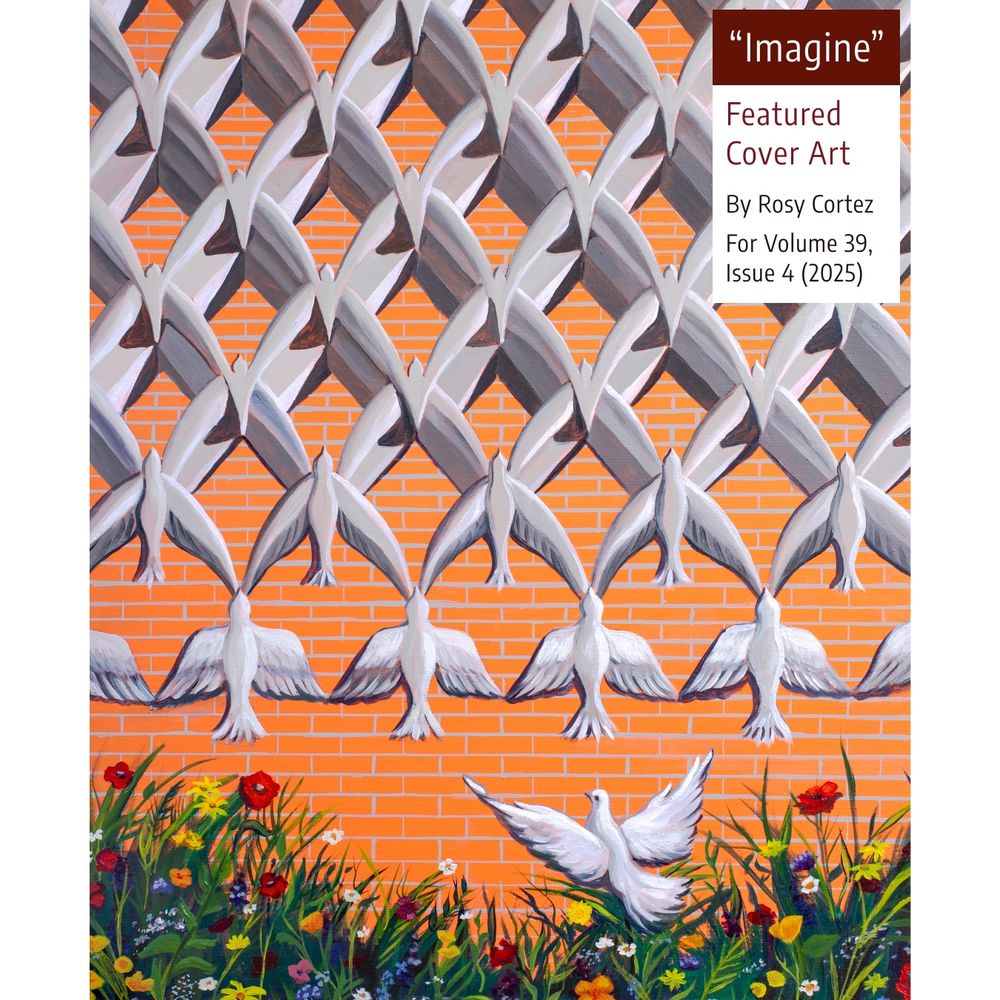Cultural Studies - Published by Routledge
@culturalstudies.bsky.social
1.7K followers
60 following
150 posts
Cultural Studies is a field-defining, peer-reviewed journal published 6x/year by Routledge | Nabil Echchaibi & Ted Striphas, Coeditors
https://www.tandfonline.com/toc/rcus20/current
Posts
Media
Videos
Starter Packs
Reposted by Cultural Studies - Published by Routledge
Caleb Wellum
@calebwellum.bsky.social
· Sep 8
Reposted by Cultural Studies - Published by Routledge
Eleanor Paynter
@eleanorbpaynter.net
· Aug 3

Black Mediterranean hauntings: border violence, burial, and anti-racist care work in Strange Fish
This article explores forms of haunting that shape lives and livelihoods in the Mediterranean, recognising the sea as a site of movement, labour, and death. The Mediterranean is now widely understo...
www.tandfonline.com




















![The second image is titled “A Peek Inside Husseina Ahmed’s Review of: “Protest Arts, Gender, and Social Change: Fiction, Popular Songs, and the Media in Hausa Society Across Borders” by Ousseina D. Alidou.” At the bottom is an excerpt from the book review: “In Protest Arts, Gender, and Social Change, Ousseina D. Alidou utilizes a combination of textual and critical discourse analysis to examine how creative artists, including novelists and popular musicians in contemporary Hausa society, leverage digital media platforms to creatively address social issues, provide critical (social and political) commentary, advocate for marginalized groups, and promote social change. Throughout the book, Alidou highlights – by analyzing different case studies in each chapter – the role that literature and popular songs play in the complex cultural politics of contemporary Hausa society specifically in northern Nigeria and Niger. The book focuses on resistance narratives in the work of one female novelist and six songwriters and performers [...]”](https://cdn.bsky.app/img/feed_thumbnail/plain/did:plc:er7o5j7gxedmfq66rkm3otpb/bafkreifm7s7ko5bfjidpey7a7awcch74gewniqfot672ntgvt2vtjtibkq@jpeg)
